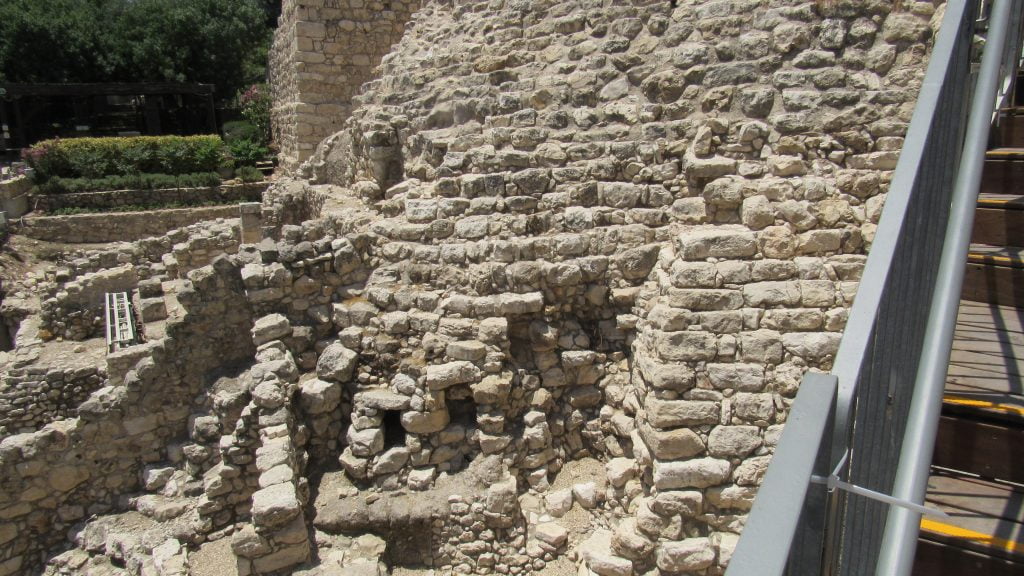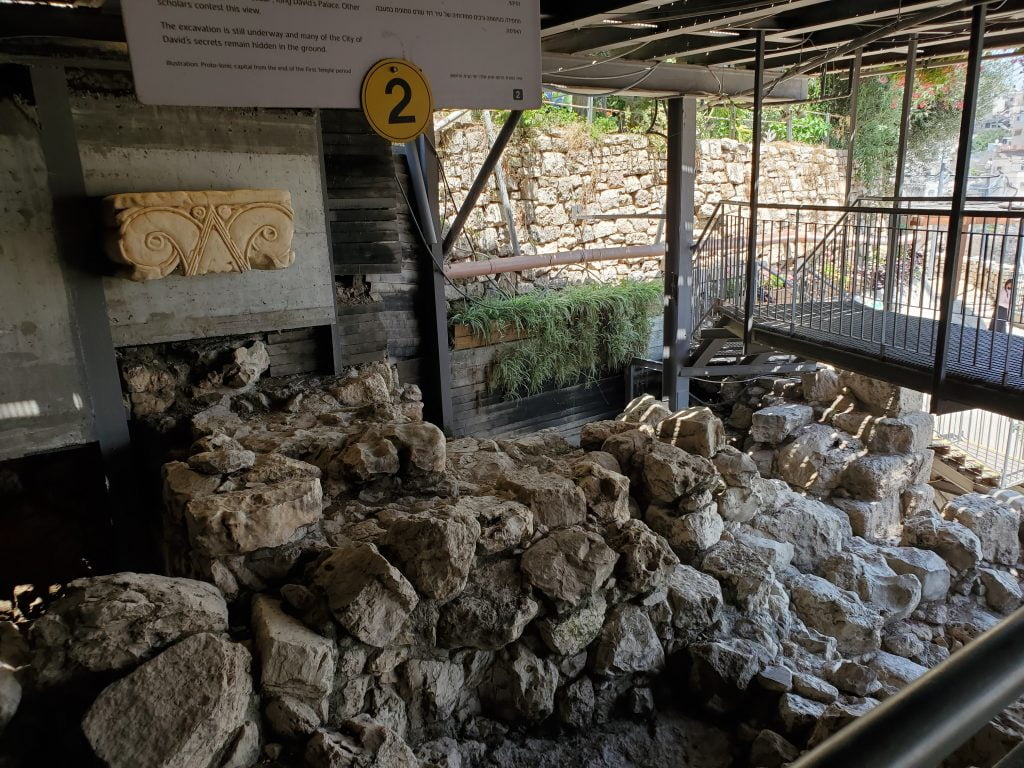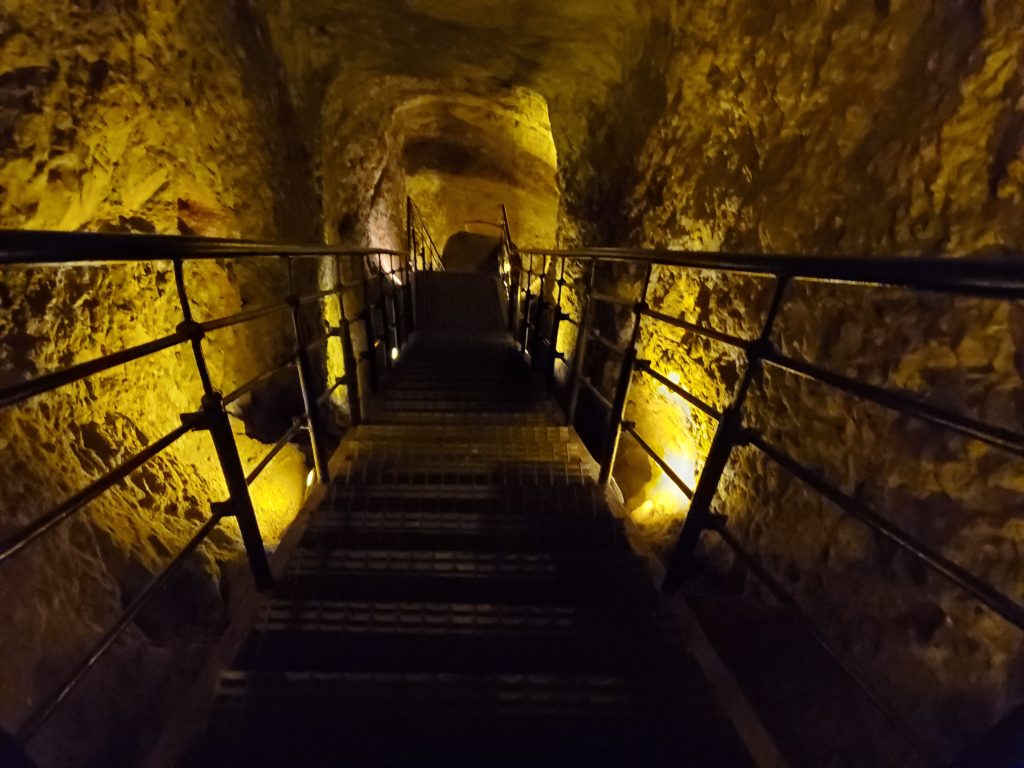CITY OF DAVID
CITY OF DAVID
The articles here on the site are very detailed, and give the tourist in the holy land the ability to get to know the sites in a thorough and orderly, step by step as, like if you went with a private or personal Israel tour guide, the following article tells the story of the city of David.
see our tour
To the capital of Israel and perhaps because of this, he became such a beloved and so important king.

At the entrance to the city of David there is a cashier and a coffee shop. Do not forget to tell the cashiers how far you will want your ticket. There are several types of cards that end in different places. There is a ticket that gives you the opportunity to ascend the Malott David
through the city of David.
Jerusalem appears in the Bible for the first time as a whole city the city of the kings of justice (Genesis 14), it also appears in the writings of the Maarot (18th century BC) and in the letters of El Amarna (14th century BC) Joshua defeats the Melchizedek King of Jerusalem
The arrival of King David the city remained Canaanite.
Jerusalem becomes a capital city for several reasons ; First the Gihon water spring that supplies water to the whole city, the binding of Isaac or the beginning of God’s divine promise to Abraham, (Chronicles 2: 3 ;1), the son of King David King Solomon turns Jerusalem into the abode of the Temple, and after At his death the nation is divided into 2 kingdoms, the kingdom of Israel and the kingdom of Judah.
At the end of the 8th century BC, the Assyrians conquered Israel, and many residents fled to Judea and settled on the western hill in Jerusalem, and Jerusalem became an even larger city. The city expanded toward the western hill, including Mount Zion, the Jewish Quarter and the Armenian Quarter, and neighborhoods were added.
Outside the northern wall, at the end of the First Temple period, Jerusalem covered an area of about 700 dunams, a very large city in terms of those days: “the city of my people” (Lamentations, I, A).
In 586 the Babylonians conquered Jerusalem and destroyed the city (2 Kings 2 25 8-9).
Going down the stairs to a wide structure, the whole excavation can be seen in the large, adorned stones perhaps mentioned in quotations from Samuel 2 5, 11.
According to the hypothesis of the digger Ayelet Mazar, this structure is the palace of King David.
Stamps (clay imprints) of two of King Zedekiah’s ministers (Jeremiah 18: 1-4) were found in the palace.

We will leave the building and go down the stairs and reach an observation point. We will see the village of Silwan and the tombs of the kings. The Silwan neighborhood served as a necropolis city, a burial area of Jerusalem from the First and Second Temples. The King in the First Temple Period.
We will return to the city. We will look above and in front of us is a wall. Opinions are divided about this wall. According to some opinions, this is the wall of Zechariah and Nehemiah, which was built to protect the city (Nehemiah 3: 4). According to other opinions. Or as it is called in the city of David G center.
On the left side of a building with pillars is the woodworker Beit Ahiel because of the pottery fragments with the name Ahiel found in the building, the house is considered rich and if we notice a stone on the right side of the building that was used as a toilet.
Jerusalem was conquered by the Babylonians in 586 BC Signs of destruction and ruin are clearly visible in the burnt room (Kings 2: 8-9), found in the remains of burnt arrows and burnt wooden furniture, were found in the burned room.
At the bottom of the buildings is a slightly hidden structure. This is the stamp house, or from the local post office, a government center. Documents and stamp certificates were found (which are hard clay with an address on it.) The fire consumed the stamp room but preserved the stamps themselves.
Yagach Shiloh who dug here in the House of Stamps and found stamps with the names Gemariah ben Shefen and Azariahu ben Hilkiah who were the king’s scribes. Some claim that they were part of the writing of the Bible itself.
We will start the descent towards the Canaanite canal to the east, Samuel 2: 5 and 8)
The Gihon spring was the source of water for the inhabitants of ancient Canaanite Jerusalem and that of the First Temple. We descend down the
Canaanite canal towards the spring. Or we can turn left into the Canaanite canal.
We reached huge boulders. These are the foundations of the spring tower, which surrounded the Gihon spring. The tower stones weigh several tons and this is the first time that building stones of this size from the periods prior to the days of Herod have been discovered in Jerusalem. The width of the eastern wall of the tower is about seven meters and the area of the tower is about 230 square meters.
The dimensions of the tower, like the high technological capacity required to create the water plant, attest to the great development of the Canaanite city in the fields of engineering and construction.
Hezekiah (Chronicles 2: 4)
King Hezekiah, who was very afraid of the Assyrians and had good reason to worry, decided to fortify the city and build a canal that drained the Gihon water into the city. The canal or tube was 533 meters long by 30 cm high. On both sides of the mountain. With pickaxes and hammers only. The engineering operation is noteworthy.
The Canaanite canal is the canal that led the waters of Gihon in ancient Jerusalem …. Above it was installed a huge guarding tower that looked more like a palace that saved the water from any attack, the tower was seen descending towards the spring.

At the end of the Canaanite canal and the Hezekiah we will reach the Shiloah pool.
She pooled it with Hezekiah.
(Kings II, 20;20)
The Shiloh Pool is a pool that Hezekiah carved to store the Gihon water that now flowed through the pit,
Herod did enlarge and renovate the pool and it is mentioned in the biblical sources, as a pool from which the dead were cleansed, For the purification of the pilgrims to the Temple on all three occasions. And on “simchat beit hashoeva”the cohanim with the people would climb up jurs and music instrument in their hands .






